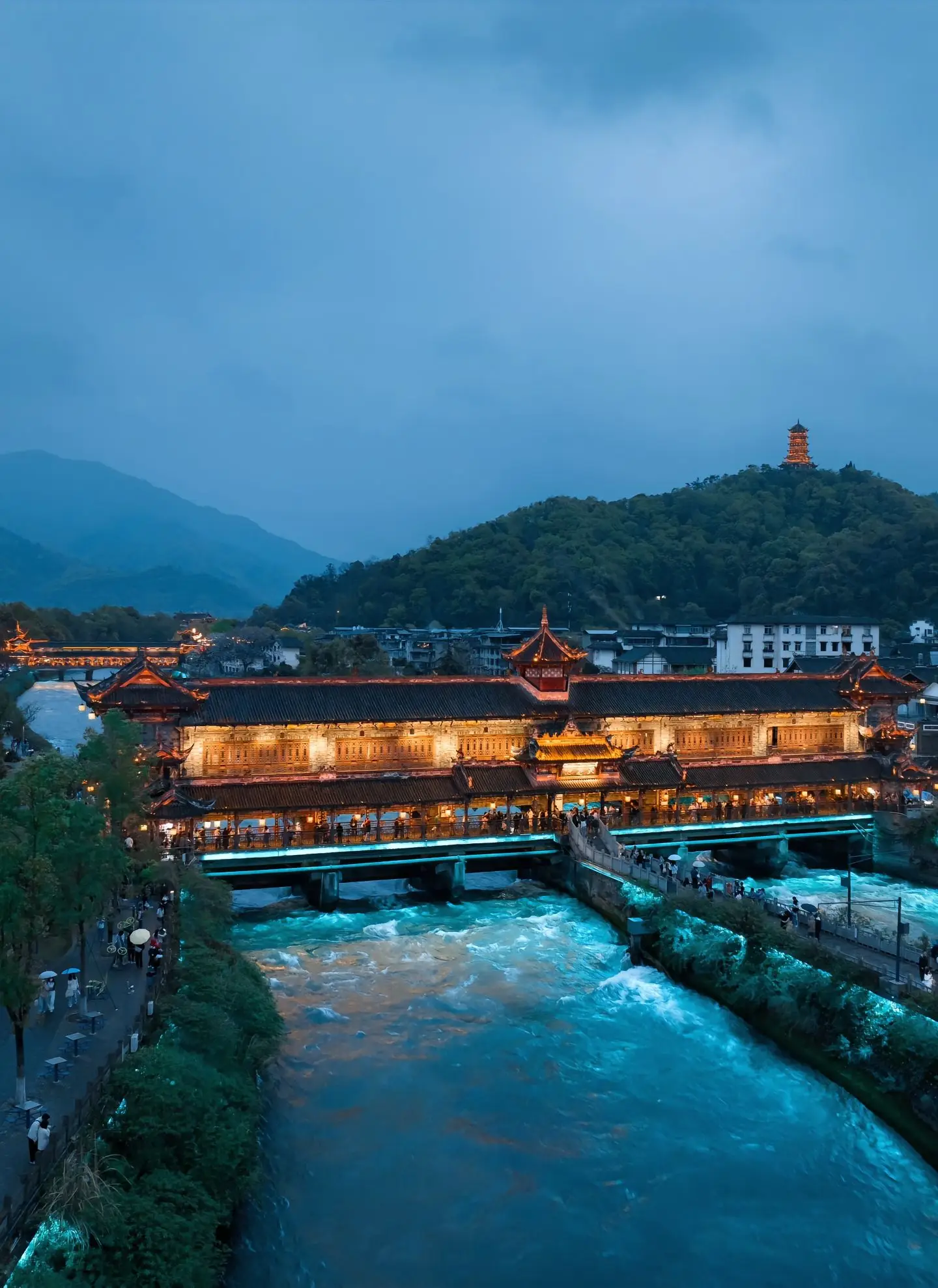Whispers of the Past: A Journey Through Japan's Iconic Sites
The first time you truly feel Japan is often in a quiet moment. For me, it was in the hushed, gravel-covered courtyard of the Golden Pavilion, Kinkaku-ji. The morning sun, still low in the sky, caught the top two floors of the structure, setting them ablaze in a brilliant, reflective gold. The scene was so perfectly composed—the temple serenely perched over its mirror-still pond, the deep green of the pines framing it, the ancient roof tiles a silent testament to centuries past. It was in that moment that the travel brochures and blog posts melted away, and I understood that Japan’s iconic sites are not just destinations to be checked off a list; they are living, breathing chronicles of history, spirituality, and an enduring aesthetic philosophy. This travel journal is an invitation to explore these places with more than just a camera, but with a sense of curiosity for the stories they hold.
My journey began, as so many do, in the electric heart of modernity: Tokyo. The phrase "best things to do in Tokyo" barely scratches the surface of this metropolis. It’s a city of layers, where the ultramodern and the deeply traditional exist in a fascinating, harmonious dance. A prime example is the Senso-ji Temple in Asakusa. Approaching through the thunderous Kaminarimon Gate, with its colossal red lantern, you are immediately swept into a river of people. The Nakamise-dori shopping street, leading to the main hall, is a sensory overload in the best way possible—the smell of freshly baked ningyo-yaki (small cakes), the vibrant colors of yukata robes, the chatter of a thousand conversations. It’s a bustling, vibrant introduction to Japanese temple culture. Yet, just a short train ride away, you find the serene Meiji Jingu Shrine, a vast forest dedicated to the deified spirits of Emperor Meiji and Empress Shoken. The moment you pass through the first massive torii gate, the noise of the city vanishes, replaced by the whisper of wind through 100,000 trees. This is the essence of a complete Tokyo itinerary: balancing the exhilarating chaos of Shibuya Crossing with the profound peace of a Shinto shrine, understanding that both represent the soul of the city.
From Tokyo's controlled frenzy, I sought the iconic silhouette that has called to travelers for centuries: Mount Fuji. My quest for the best views of Mount Fuji led me to the Fuji Five Lakes region, specifically Lake Kawaguchiko. Waking before dawn at a traditional ryokan, I slid open the paper screen door to my room and waited. As the sky lightened from indigo to a soft peach, the mountain revealed herself, her snow-capped peak perfectly reflected in the lake's still waters. It was a view so iconic it felt almost unreal. The Fuji Five Lakes travel guide I had consulted wasn't wrong; this was the picture-perfect moment. But the deeper experience came from engaging with the landscape. I spent a day cycling around the lake, stopping at hidden onsens, and visiting the Chureito Pagoda, where the postcard view of Fuji with the pagoda in the foreground is a rewarding climb. This is where understanding how to visit Mount Fuji from Tokyo transforms into knowing how to experience it—by allowing time for the mountain’s mood to shift with the clouds and the light.
No journey into Japan's cultural heart is complete without a visit to its ancient capital, Kyoto. If you're planning your Kyoto cultural tour, prepare to be enveloped by a different pace of life. Here, the "must-see" sites are legendary, and for good reason. The Fushimi Inari Shrine, with its seemingly endless path of thousands of vibrant red torii gates winding up a forested mountain, is a mesmerizing hike. It’s more than a photo opportunity; it’s a physical journey through a tunnel of devotion, each gate donated by a business hoping for prosperity. Then there is the ethereal Arashiyama Bamboo Grove. Walking through it, with the tall bamboo stalks swaying and creaking high above, filtering the sunlight into a green glow, is a truly transcendental experience. For a more contemplative moment, I found myself at Kiyomizu-dera, the "Pure Water Temple." Standing on its vast wooden stage, jutting out over the hillside, I looked out over a sea of cherry trees (which would be breathtaking in spring) and the sprawling city of Kyoto beyond. It’s a viewpoint that has inspired poets and pilgrims for over a thousand years. To truly immerse yourself, consider a traditional Japanese inn experience in Kyoto. Staying in a ryokan, sleeping on a futon, enjoying a multi-course kaiseki meal, and relaxing in a yukata robe is the perfect way to let the city’s timeless elegance seep into your bones.
While Kyoto often steals the spotlight, my personal journey took a poignant turn in Hiroshima. Visiting the Hiroshima Peace Memorial Park and Museum is a sobering but essential human experience. The skeletal structure of the Genbaku Dome, preserved exactly as it was after the blast, stands as a stark, silent scream against the horrors of nuclear war. Walking through the museum, reading the stories, and seeing the artifacts is emotionally draining, but it culminates in a powerful sense of resolve—a commitment to peace. From this profound sadness, I took a short ferry ride to a place of sublime beauty: Miyajima Island. Seeing the great torii gate of Itsukushima Shrine appear to float on the water at high tide is one of Japan’s most iconic sights. The tame deer wandering the island, the friendly locals, and the climb up Mount Misen for panoramic views offered a necessary counterbalance, a reminder of resilience and the enduring beauty of the world.
Further south, I discovered a different Japan altogether in Osaka. If Kyoto is the graceful, refined aristocrat, Osaka is the boisterous, fun-loving merchant. The Osaka street food guide is your most important tool here. I dove headfirst into the neon-lit chaos of Dotonbori, a street dedicated to the art of eating. I followed the scent of sizzling beef to find the best takoyaki (octopus balls), watched masters craft okonomiyaki (savory pancakes), and slurped down bowls of rich, pork-bone ramen. This is a city that lives to eat, and its energy is infectious. For a glimpse into its historical significance, Osaka Castle history and tour provides context. The magnificent castle, with its imposing green roofs and gold accents, stands as a symbol of the city's powerful past, a stark contrast to the modern commercial hub it is today.
Throughout this journey, from the quiet temples to the bustling food stalls, a few threads connected every experience. The profound respect embedded in the culture—bowing slightly, speaking softly in sacred spaces, the meticulous cleanliness. The efficiency and ease of using the Japan Rail Pass to traverse the country on the legendary Shinkansen, or bullet train. The joy of discovering small, family-run restaurants down narrow alleyways. These are the moments that, when woven together with the iconic sights, create a tapestry of a trip that is truly unforgettable.
Japan’s iconic sites are more than just landmarks; they are portals. They are places where you can stand exactly where shoguns, emperors, and poets once stood, and feel the whisper of their stories on the wind. They challenge you to find peace in chaos, see history in modernity, and discover that the most memorable journeys are those that change you, however slightly, from the inside out. So pack your bag, but more importantly, pack your curiosity, and let Japan’s iconic whispers guide you.





发表评论